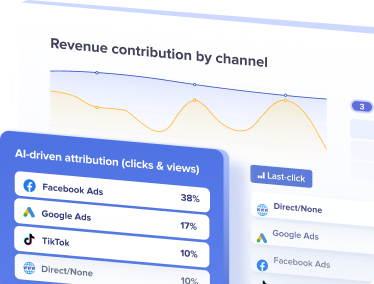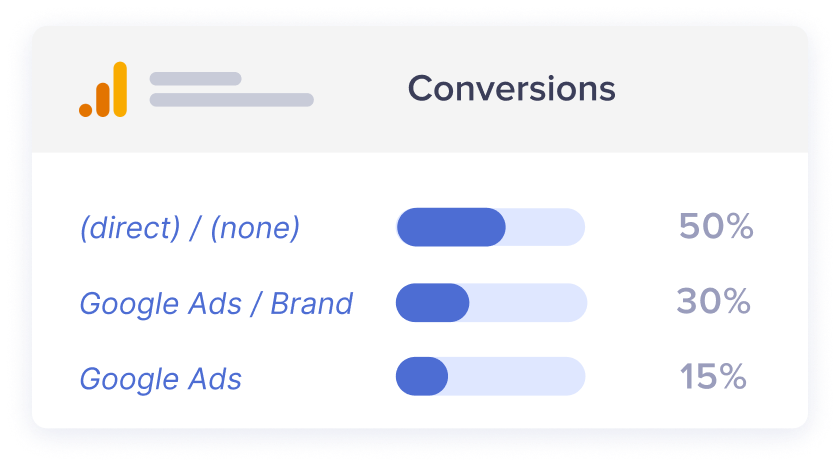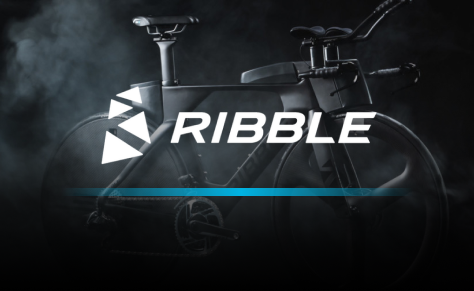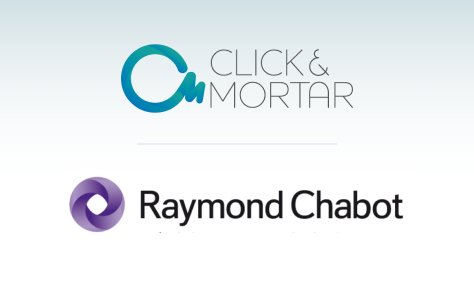Conversion Modelling Guide for Performance Marketers
Learn why future-thinking performance marketers are now switching to Conversion Modelling to tackle both of these challenges and drive better ROAS in a cookieless world.
What is this guide about?
For a very long time, marketers have relied on using digital analytics and multi-touch attribution tools that track customer journeys using website cookies. However, knowing your customers’ complete path to conversion is no longer possible due to multiple tracking restrictions, privacy regulations, and cross-device shopping.
As a result, marketing teams struggle to measure true CPA, ROAS, Revenue and Conversions at channel or campaign level. Moreover, ad platforms are restricted in their optimisation and targeting capabilities due to incomplete feedback about the true value of each paid click.
Learn why future-thinking performance marketers are now switching to Conversion Modelling to tackle both of these challenges and drive better ROAS in a cookieless world.
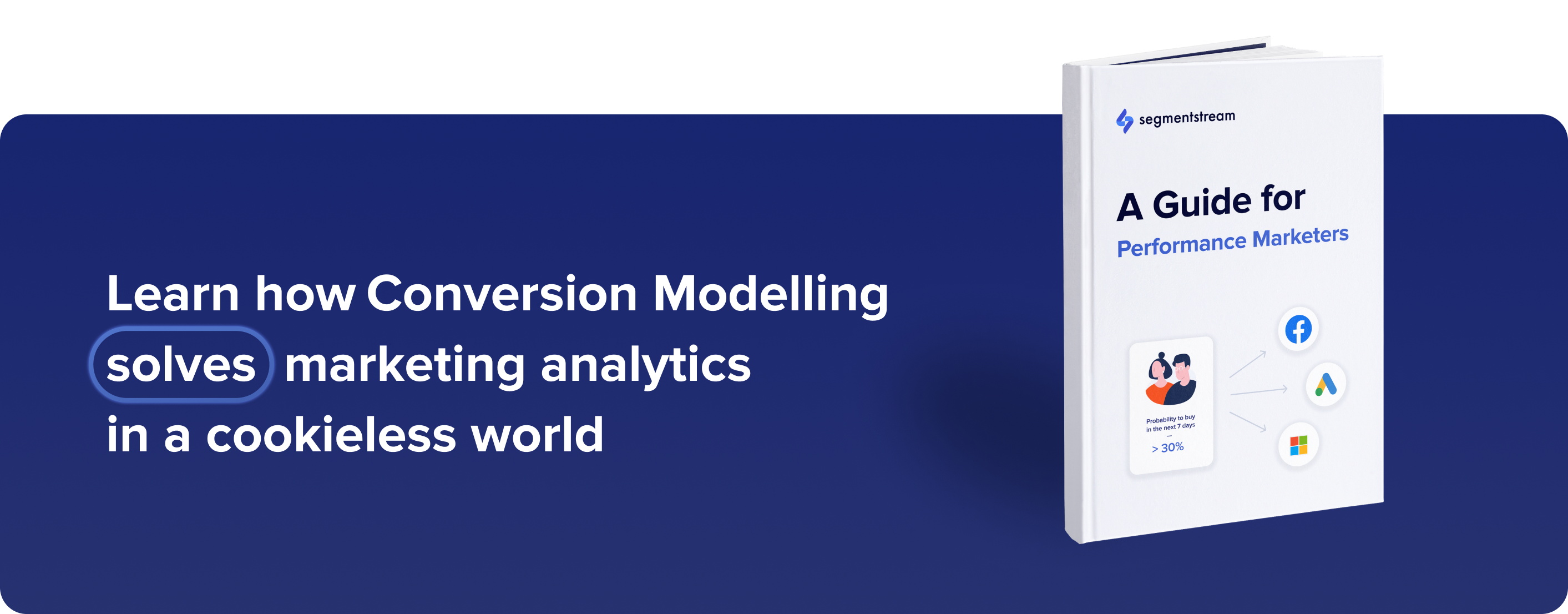
In this guide you’ll learn:
- What is a big problem in Performance Marketing
- Why Multi-Touch Attribution is the new Last-Click Attribution
- What is Conversion Modelling and how does it work
- Most common use cases for Conversion Modelling
- How Conversion Modelling compares to other measurement technologies
The big problem in Performance Marketing
Today’s consumers have complex digital journeys. They pinball across multiple touchpoints using multiple channels, devices and browsers. Consumers will interact with a brand’s website several times before making the decision to buy.
In tandem, advertisers and brands need an accurate picture of marketing performance. The desire is granular, near real-time understanding of how individual channels and tactics are driving response. A clear view of this drives more effective media investment decisions.
But Knowing your customers’ complete path to conversion is no longer possible.
Tracking the customer journey has become more difficult than ever before. Increasing cookie restrictions and blind spots cross-device behaviour, is leading to increasing scenarios where it’s no longer possible to track a complete path to conversion. People use multiple devices or browsers before making a purchase. Even on a single device, different browsers yield different paths to purchase. Apple’s Intelligent Tracking Prevention (ITP) and other privacy regulations mean that even single-device, single-browser journeys with multiple touchpoints are being reported as separate sessions made by multiple visitors.
Broken conversion tracking can be best explained by the “direct/none” label in your Google Analytics (GA) reports. Usually “direct/none” occurs if users type the website URL in the address bar and visit directly. The “direct/none” label can also occur if marketing links are not UTM-tagged correctly, or at all. Outside these scenarios what (direct)/(none) conversions really mean is that GA is unable to track the entire conversion journey.
Multi-touch Attribution is the new Last Click
Despite glaring challenges in cookie-based conversion tracking, all existing marketing analytics and attribution tools still operate the same way - they use website cookies to retrospectively stitch the entire customer journey.
Retrospective attribution tools need a conversion to happen before attempting to connect and attribute all touch points that led to that conversion. As a result, even the most sophisticated Multi-Touch attribution models have been delivering results similar to Last Click attribution. This is because multi-touch conversion journeys are getting harder and harder to observe, let alone attributed.

All of this leads to the following statement:
Understanding true CPA, ROAS, Revenue and Conversions at channel or campaign level is no longer possible.
Even the most advanced attribution models will always undervalue opening channels and overvalue closing traffic sources.
For example, you may think that opening channels, such as Facebook, are not efficient enough and you will cut the budget as a result. However, most likely, if you do cut budgets, you’ll notice a huge drop in sales from direct, organic, retargeting, or brand. That’s why most budget allocation decisions right now are not even based on the attribution data, but rather on a gut feeling.
These incorrect judgments make it impossible to undertake accurate budget allocation decisions.
Incomplete feedback from paid clicks into ad platforms affects optimisation and targeting.
The second huge problem is that all advertising platforms use conversion data as a feedback mechanism for targeting & optimisation.
When a visit to your site doesn’t lead to a conversion within the same cookie - ad platforms don’t receive any feedback about the incremental impact of this visit.
This results in ad platforms targeting only a small proportion of your potential target audience. This makes media buying expensive and drastically limits your ability to scale.
How can data-driven performance marketers drive user acquisition in a privacy-first world with untrackable consumer journeys?
The challenges outlined above shed light on the fact that Multi-Touch Attribution is not only on the blink but has long been dead. So what options do we have if MTA is off the table?
We at SegmentStream believe that the best way to measure and optimise digital marketing performance in the cookieless world is to combine the benefits of first-party data and machine learning algorithms. That’s why we’ve developed SegmentStream - a Conversion Modelling platform.
Introduction to Conversion Modelling
Conversion Modelling is an innovative marketing measurement approach designed to replace outdated Multi-Touch Attribution & Marketing Mix Modelling tools that are no longer suitable for today’s complex customer journeys and cookie tracking limitations.
Conversion Modelling refers to the use of machine learning to evaluate the incremental impact of each visit based on website visitor behaviour data, even if a final conversion can not be observed.
SegmentStream Conversion Modelling platform carefully evaluates actions and micro-conversions each website visitor takes, and measures that users probability to convert in the future. Depending on the visitor’s behavioural pattern and the contextual information about the visit, the probability to convert can be high or low.
When this probability is sufficient enough, SegmentStream creates a “modelled conversion”. This can be used for measurement, targeting and optimisation.
## How Conversion Modelling improves Performance Marketing
Marketing measurement platforms record conversions as binary, i.e., a conversion happened, or it did not. In reality, not all visits are the same. Every non-converting visit to your website has a role to play. There is a whole spectrum of desired outcomes that ad platforms can receive and learn from. This makes ad targeting much smarter and media buying far more effective.
Unlike attribution solutions that rely on conversions tracked by cookies, conversion modelling uses machine learning to carefully analyse all website sessions as soon as they happen, and identifies hundreds of complex non-linear behavioural patterns. It then uses these patterns to evaluate the probability of each visitor to convert in the future, even if the user does not re-visit using the same device or cookie.
With SegmentStream Conversion Modelling Platform marketers can define a specific threshold to draw a clear line between valuable visits and not valuable ones, depending on the business goals and type of campaign. When a website session meets or exceeds the threshold, a “modelled conversion” is created that can be used both for analytics and optimisation.
A Conversion Modelling Platform (CMP) not only evaluates and assigns a value to every single website visit, but lets you send modelled conversions to ad platforms, thus, enabling you to find, scale, target and optimise — all in real-time.
Cross-device and cross-browser journeys
As we know already, most users nowadays interact with multiple devices and browsers during their conversion journey. While the attribution tool sees two different visitors and credits only the last touch. By using Conversion Modelling you can measure the impact of each touch without having to know the complete path to conversion.
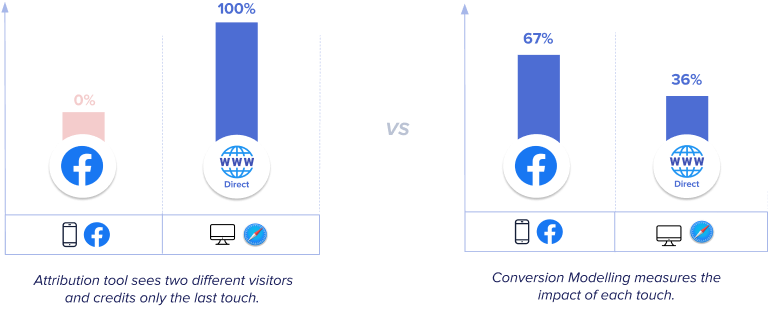
ITP tracking limitations
Another common use case is when conversion is not tracked as a result of Apple’s Intelligent Tracking Prevention (ITP). In this case, if a conversion happens 7 days after the first click, the attribution tool will see two different visitors and will credit only the last touch (Direct), while the paid click from Facebook will not receive any credit at all. With Conversion Modelling you will be able to understand the contribution of each touch even if cookies are wiped or expired. Of course, SegmentStream will also see two different visitors, however each visit receives credit according to the visitor’s probability to convert in the future.
![]()
Lag between click and conversion
For most businesses (especially for companies that sell complex services or expensive products), there is a significant latency between a click and final conversion. Meaning that companies using attribution tools are struggling with latent ad optimisation and huge delay in real-time analysis.
So, no matter how long the buyer consideration period is, by switching to Conversion Modelling you’ll be able to understand the impact of your newly launched ad campaigns a lot faster, without waiting for a final conversion to happen. In turn, Ad platforms will come out of the learning phase a lot quicker. Conversion modelling will send more signals about the value of each paid click right after visit has ended.
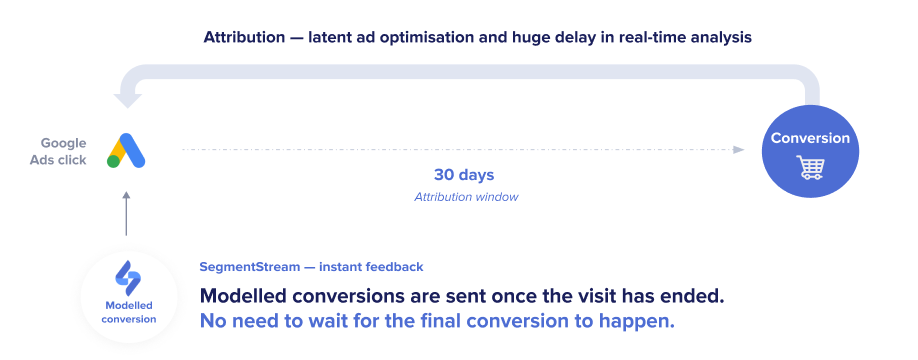
Lookalike ad targeting at scale
In addition to faster ad optimisation, by leveraging Modelled Conversions you can expand your ad targeting to all valuable visitors, not just those who convert within the same device or cookie. It will help you to increase advertising reach and your total revenue, since ad platforms won’t skip buying visitors who may simply convert within the different cookies.
As you probably already know, for every dollar spent on paid ads, there is a dollar earned from “direct/none” or “organic”. With Conversion Modelling, you’ll be able to correctly attribute more customers to the right channels, and in turn improve your efficiency across your entire marketing mix.
Leverage Modelled Conversions to expand ad targeting to all valuable visitors, not just those who convert within the same device or cookie.
How Conversion Modelling compares to other measurement technologies
As we head into a privacy-first world without third party cookies, Multi-Touch Attribution is rapidly becoming outdated. There has been a resurgence of traditional ‘cookieless’ methodologies such as Marketing Mix Modelling and Incrementality Testing as an alternative to attribution. However, both these measurement frameworks fall short on multiple yardsticks such as granularity, historicity, latency, and more.
For data-driven marketers in 2022, relying solely on these methodologies would be akin to taking one step forward and two steps back. The industry is also moving towards a first-party data approach with a focus on building customer relationships.
Building the mindset to implement Conversion Modelling
Conversion Modelling is an innovative new approach to digital marketing that is purpose-built for a privacy-first world. It leverages the power of machine learning to aid and accomplish business goals. Like any new technology, adopting conversion modelling calls for a step-change in legacy mindset and a certain degree of organisational self-awareness.
Need to get buy-in from your team? Make sure to challenge the status quo, and get the conversation going with these talking points.
- Being an attribution sceptic
Marketing attribution, whether single-touch or multi-touch, was designed in a world where conversion journeys were straightforward. Single-device, single-browser, single-touch journeys were the norm, and cookies were easily tracked. Not anymore. Today, no matter how sophisticated your attribution model is, a retrospective approach to measurement (attribution) cannot be trusted to generate reliable data or insights in a post-cookie world with privacy controls.
- Thinking of conversions as marketing infrastructure
The old approach to performance marketing sees conversions purely as a KPI — a positive indicator of your customer acquisition efforts. But today a conversion is the central point of all your marketing efforts. More than just an outcome, it’s the actual infrastructure behind the success of every performance campaign today.
In fact, conversions are the feedback mechanism used by ad platforms to find the most profitable customers for your business. With Conversion Modelling, you gain the ability to analyse every website session as a potential conversion. By thinking of conversions as feedback infrastructure, performance marketers can see the value in generating more of these feedback signals. This approach helps marketers get the most out of their ad targeting and smart bidding optimisation strategies.
Summary
Conversion Modelling is a next-generation solution that aims to solve key issues with Marketing Measurement and Ad Targeting & Optimisation in the current, cookieless era.
With Conversion Modelling, you’ll be able to fully understand the incremental value of each visit, even when there is no conversion within the same cookie. You will also be able to more accurately evaluate upper-funnel and mid-funnel marketing channels that usually don’t get enough credit.
You’ll be able to send an increased number of feedback signals back to the publishers to automated strategies for better and faster algorithmic learning. This increases your overall reach by targeting visitors with a high probability to convert in the future… users that were previously missed when relying on cookies.
And, of course, you can start optimising your ads based on the incremental impact of each visit. No longer relying on conversion to happen, modelled conversions are created and sent back to ad platforms immediately after the visit, improving ad optimisation speed and efficiency.
If you’d like to learn more about how SegmentStream can drive better results for your Performance Max campaigns, feel free to request a demo of Conversion Modelling Platform.
Optimal marketing
Achieve the most optimal marketing mix with SegmentStream
Talk to expert